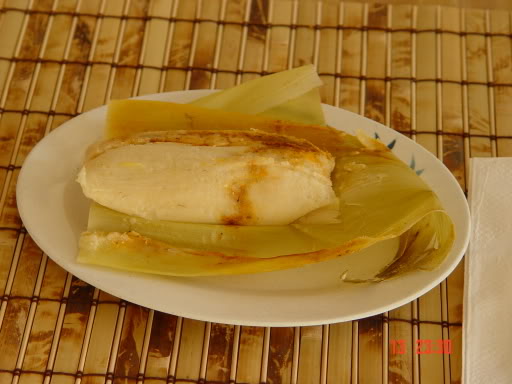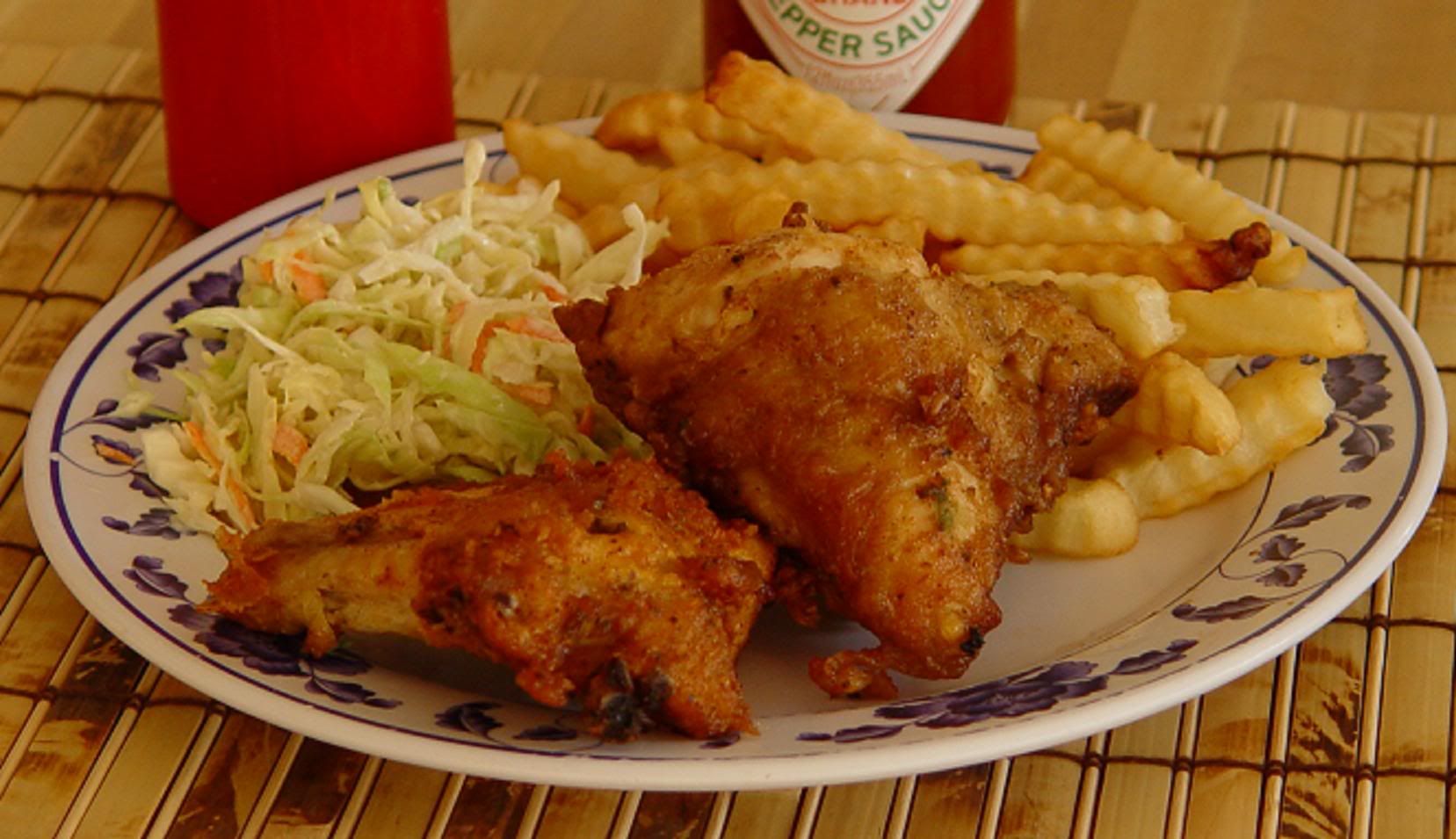Honduran Tamales
Origins of Honduran Tamales
The tamal is a pre-Hispanic food and ritual, which has endured throughout history despite the various influences and incursions from other cuisines. This dish is made of masa which is steamed or boiled in a leaf wrapper which is discarded before eating. Tamales can be filled with meats, cheeses, fruits, vegetables, chilies or any preparation according to taste, and both the filling and the cooking liquid may be seasoned. Tamales are generally wrapped in corn husks or plantain leaves but may also be wrapped in banana, bijao, maguey, avocado or canak leaves. Recently aluminum foil also made its way to Honduran cuisine.
Although the term “tamal” is best known, it can change its name in other cities, countries, regions and cultures. The name changes depend mostly on tamal preparation, wrapping or padding. In Honduras they are called “tamale”.

When are Tamales Eaten in Honduras
Tamales are one of the favorite dishes of Hondurans but on special festive occasions, such as Christmas and the New Year, they become the stars of the table. A big bag of tamales in the fridge can be used for breakfast, lunch or dinner, or for those drop-in guests, often accompanied by a pork or chicken sandwich.
How are Honduran Tamales Prepared
The basic tamal is a brick-shaped lump of spiced corn masa, with a filling made of several ingredients, including meat (either beef, pork or chicken), potatoes, olives, capers, raisins, rice, chickpeas, and many others. When tamales are made with home corn dough they are tastier, but the cornmeal from the supermarket gives very good results as well.
Once shaped, the tamal is wrapped in several layers of fresh banana leaves and tied-up with thin strips cut also from banana leaves. Prior to that the leaves are placed in a large pot over low heat, with water halfway and simmered until until they catch a blackish color, then the veins are removed. Cracked or broken leaves are discarded.
Then, tamal is cooked in a pot of boiling water. The banana leaf wrapping forms a water-tight seal that cooks the tamal without letting any water in, or any of the aromas and flavors out. Before serving, the banana leaf wrapping is untied and removed, although some of it can be left for presentation. A slice or two of lime and hot sauce are usually served with the tamal.
Types of Honduran Tamales
The simplest tamales are called tamales de elote. This means they are made from mature corn (elote) and not from green corn (jilote), which is another class of tamales. The first step is to take the dried corn kernels and cook them with ashes or lime to soften them up and lose their hard skins. After boiling, the corn is ground, traditionally with corn grinding stones, now more recently with hand meat grinders. To this ground corn, only water is added before wrapping it up in the corn husk and boiling.
Tamales de frijoles are made the same as other tamales, except refried beans and a little achiote are added. They are wrapped up and cooked.
Ticucos are also similar. Corn is prepared as if for tamales, mixed with lard and salt. Refried beans are placed in the center, sometimes with other spices like cilantro. Then ticucos are wrapped up in corn husk leaves and cooked.
The process for tamales de maiz verde (green corn tamales) is different because the corn is grated off the cob.
Montucas, like tamales de maiz verde, are made by grating the corn off the cob. A little sugar, salt, milk, cloves, margarine and meat is added and cooked it in the corn husk leaves.
The king of Honduran tamales is the nacatamal, a traditional Christmas food.

Nacatamales
Nacatamales (cornmeal and chicken wrapped in banana leaves) are found all over Central America, but in Honduras they can be very moist and delicate. Nacatamales are special occasion food and are most often served as a Sunday morning meal or at weddings and other large celebrations. Hondurans eat a lot of them over the holidays; families prepare large batches of tamales in December and then have an easy dish to steam and serve during the busy week between Christmas and New Year.
The corn is prepared as for tamales. Spices like salt, cilantro, chili, lard, peas, onion, garlic, carrots, capers or olives, potatoes, achiote, a meat such as chicken or pork are mixed and placed in the center. Then whole thing is wrapped up in plantain leaves, and tied like a package with twine or the spines from the banana leaves and boiled in water for 1-2 hours.
Masa Variations: The flavor and texture will be better if fresh masa is used instead of masa harina flour. A variety of ingredients can be added to the masa do give it more flavor. Milk can be substituted for some or all of the chicken stock. Some chopped, cooked bacon, along with its fat can be added. A cup or two of mashed potatoes can be added to the dough as well. Other variation might be chopped and sautéed onions, garlic or chili peppers.
Meat Variations: Chicken instead of pork. For more flavor, meat is seasoned with some sour orange juice, ground achiote or paprika, cumin and minced garlic. The sour orange (naranja agria) juice can substituted with the juice of 1 orange and 2 limes.
Filling Variations: Many recipes call for adding a few green olives and raisins or prunes to the filling. Other ingredients sometimes added are capers, sliced hot chilies and even pickles.
Vegetarian Nacatamales: Meat is not added; butter, shortening or vegetable oil is used instead of lard and water or milk instead of chicken stock.
Wrapping: If banana/plantain leaves are not available, a double layer of aluminum foil can be used. However, the tamales will not get the extra flavor the banana leaves add.



